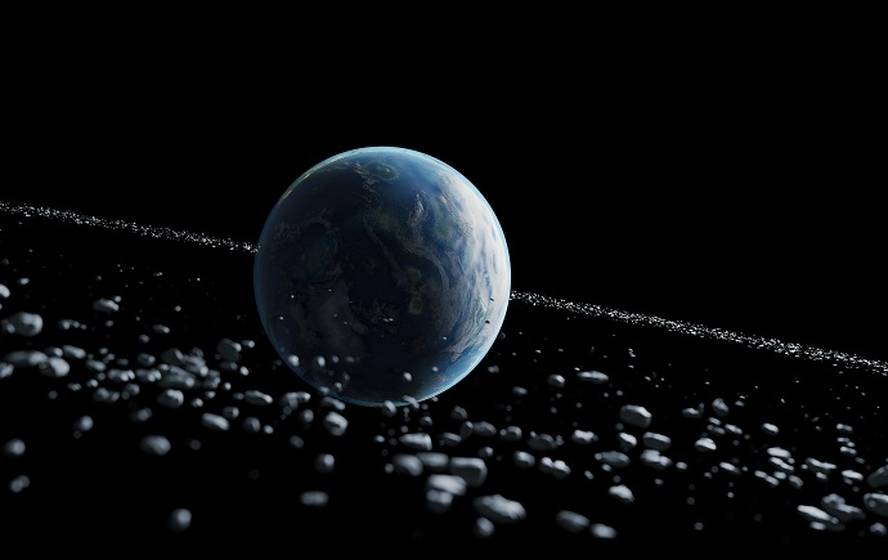It is concluded that the Earth had rings in the Ordovician era
After analyzing craters about 446 million years ago, researchers have concluded that the Earth had a ring system, similar to what Saturn currently has. That time is called the Ordovician, and in it the plants began to colonize the dry land and the first fishes with mandibles appeared in the sea. When creating the tectonic plate models of the time, some researchers identified 21 craters and observed that all of them were around the equator.
Normally, craters are distributed randomly across the planet. Therefore, there had to be a reason for all those of that time to be near Ecuador. Based on geological evidence, and using statistical models, it is concluded that an asteroid passed very close to Earth and was reduced in many fragments. These fragments formed a ring system that produced the largest fragments that fell to Earth.
Researchers estimate that the Earth's rings lasted less than other acquaintances: tens of millions of years. In addition, it has been suggested that it would also have an impact on the climate and that perhaps it had something to do with the Hirnerian glacier, one of the coldest periods on Earth in the last 500 million years.






